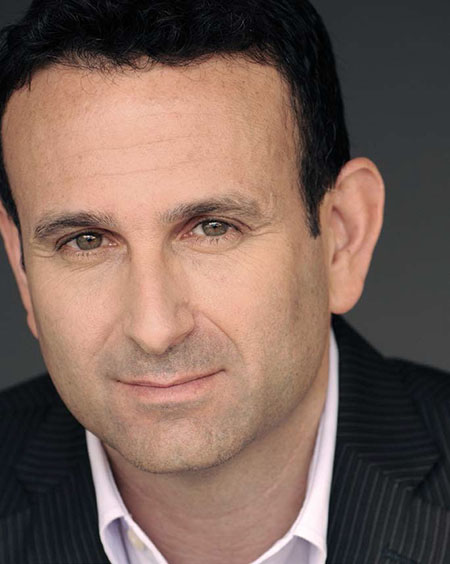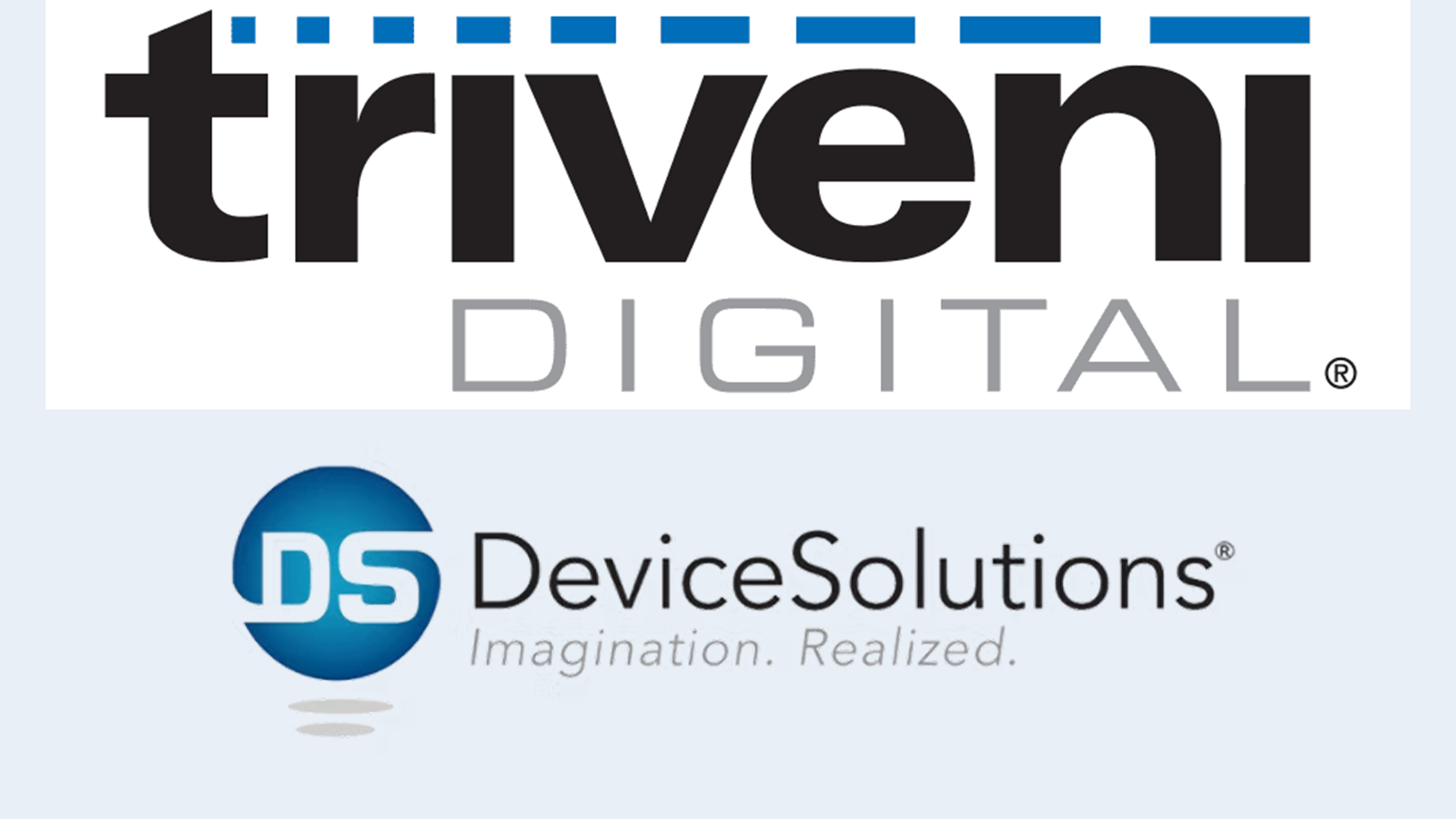AI, IMF, VR Headline HPA Tech Retreat
PALM DESERT, CALIF.—The Interoperable Master Format (IMF), direct-view cinema and a frank discussion about the technology consumers adopt versus what experts at industry trade shows say they will do are among the hot topics to be explored at the HPA Tech Retreat, Feb. 19-23.
“We always offer a well-curated, authentic program,” said Seth Hallen, president of the Hollywood Professional Association (HPA) and senior vice president of business development and strategy at Pixelogic.
The retreat, to be held at the JW Marriott Resort, will host some 700 media professionals involved in engineering, technology, creative and business.

The JW Marriott Desert Springs Resort & Spa will host the 2018 HPA Tech Retreat.
SOMETHING EXTRA
While the retreat officially opens Feb. 20, the event actually gets underway on Monday, Feb. 19, with the half-day HPA TR-X, or Tech Retreat eXtra.
This year’s TR-X is devoted to AI and machine learning. Among the scheduled TR-X sessions are: “A.I. Impact on Media & Entertainment: What is Changing and Why,” “Novel A.I. Implementations: Real World A.I. Case Studies,” “Content Intelligence: A.I. & Marketing,” and “Bleeding Edge M&E Research.”
TR-X will take attendees out of their seats to demonstrate what AI in media can make possible. For instance, an AI avatar of HPA Tech Retreat conference organizer Mark Schubin will be on hand to answer any questions attendees might have, he said.
The professional video industry's #1 source for news, trends and product and tech information. Sign up below.
In its second year, the TR-X requires those wishing to attend to register separately from the HPA Tech Retreat.
The following day, Tuesday, Feb. 20, the retreat officially opens with the supersession “It’s Still Snowing and We’re Just Making Bigger and Better Snowmen,” which will examine the waterfront of content production workflows, including sports, blockbusters, fully synthetic films and streaming.
On Wednesday, Feb. 21, Thursday, Feb. 22, and Friday, Feb. 23, the retreat kicks off with its popular breakfast roundtables, where various topics, ranging from OBID (Open Binding IDs) and their impact on audience measurement and the 2018 Winter Olympics to IP/PTP in real-time production and distribution and the application of AI to video recognition, will be discussed. Attendees are invited to circulate to the tables where topics that interest them are being discussed.

Seth Hallen, HPA president
Following the Wednesday roundtable, Schubin will present a review of the technology of 2017, which will be followed by Jim Burger, partner at the D.C. law firm of Thompson Coburn, who will look at the latest regulatory happenings in Washington affecting media and entertainment.
One retreat highlight, a “mini supersession” devoted to the Interoperable Master Format (IMF), will take place Wednesday, said Schubin.
With input from IMF experts from the North American Broadcasters Association (NABA), the Digital Production Partnership and Hollywood studios, the mini supersession will explore every part of the IMF ecosystem and what it can be used for, said Schubin. Other sessions, including a presentation on versioning content with different languages and subtitles, will touch on IMF as well, he added.
An IMF exhibit area will give attendees a chance to see the format being used in different parts of the content creation workflow, said Schubin. The day also will offer sessions on the latest tech issues impacting broadcasters and a review of the 2018 International CES.
DRAMATIC CHANGES IN CINEMA
Wednesday will wrap up with a look at the latest developments in advanced cinema. “We are possibly looking at the greatest change in cinema since the first projections in the 1890s,” said Schubin. “That change is no more projection, but rather, direct-view cinema.”
No matter how advanced a cinema screen is, at its core it is designed to reflect light, whether that light comes from the projector or ambient light sources in a theater, such as an exit sign, he said.
“A direct view screen does not have to reflect light, which gives you tremendously more contrast, and because they are LED-based you can get tremendously higher brightness,” said Schubin. The retreat also will offer a presentation comparing and contrasting direct-view and projection cinema.
The advanced cinema session also will explore high dynamic range, black level and variable frame rates, said Schubin.
“You might want to have a movie where a sequence suddenly goes to a higher frame rate,” he said. With today’s new projection and direct-view display technologies, a frame rate that varies depending on the sequence is possible.
After the tech roundtables on Thursday, Feb. 22, the retreat will dive deeper into HDR with an examination of various techniques and technologies being offered, as well as a look at metadata guidelines for downstream image presentation management on consumer displays, an update on ACES (the Academy Color Encoding System) and a panel discussion of remote and mobile production.
ECLIPSING VR
The Great American Eclipse and extreme localized content versioning will be among the Thursday topics of particular interest, said Schubin.
Alx Klive, CEO and founder of 360 Designs, will discuss what was involved in bringing live VR coverage of the total solar eclipse that blanketed much of the continental United States to 6 million CNN viewers.
The session will be followed by a presentation from Eric Pearson, home entertainment supervisor at Pixar, on the steps the studio takes to version movies with subtle nuances tailored for the culture and customs of where various versions will be released.
“The way they create a movie allows Pixar to do that because they have the elements so well defined,” said Schubin.
The day closes out with sessions on understanding blockchain and its uses in the media and entertainment business, leveraging decentralized ledgers and machine learning to reinvent digital content storage and interchange and project budgets.
The sessions on the final day of the retreat, Friday, Feb. 23, begin with “Predicting Trends: Why We Get It Wrong and How to Get It Right,” by Mark Harrison, managing director of Digital Production Partnership. “Mark will be looking into what consumers really do adopt versus what we see at NAB Shows and CES Shows about what they are supposedly going to adopt,” said Schubin.
For example, one year at an NAB Show, 3D—or going back a few years, teletext—was predicted to be the “next big thing” with reality proving to be quite different, he said.
The final day of the retreat also will offer a session by Ed Grogan from the National Security Agency on detecting modified video, the fusion of AI, social, advertising and entertainment, virtual cinematography and storytelling engines and perceptual fatigue in film, broadcast and VR.
The official program will wrap up with a presentation by Steve Lampen, consultant for Belden, on where the industry is headed. However, Schubin will present a retreat denouement of sorts with an examination of the history of voice synthesis.
According to Hallen, the relevancy and genuine nature of the program offered at the HPA Tech Retreat is what got him involved with the organization in the first place. “I am proud that HPA has maintained its authenticity throughout the years and continued to deliver compelling and useful programming. The 2018 event will be no different,” said Hallen.
For more information, visit the HPA Tech Retreat registration page.
Phil Kurz is a contributing editor to TV Tech. He has written about TV and video technology for more than 30 years and served as editor of three leading industry magazines. He earned a Bachelor of Journalism and a Master’s Degree in Journalism from the University of Missouri-Columbia School of Journalism.

